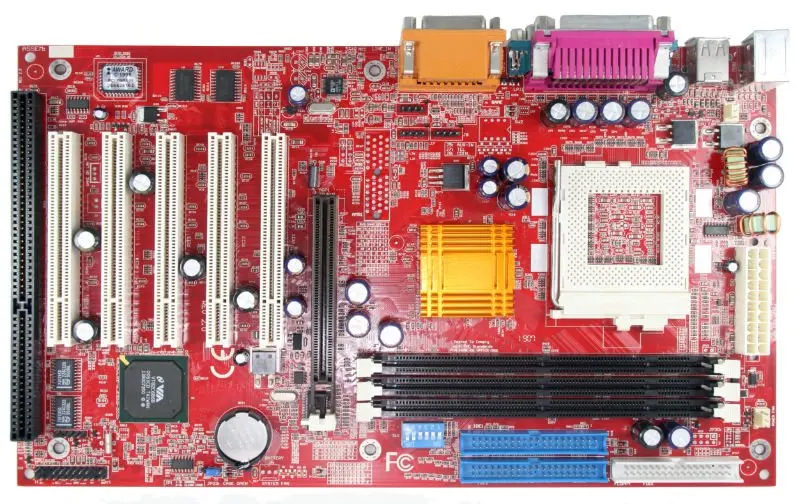Agp Slot Full Form

Agp Slot Full Form Definition
Stands for 'Accelerated Graphics Port.' AGP is a type of expansion slot designed specifically for graphics cards. It was developed in 1996 as an alternative to the PCI standard. Since the AGP interface provides a dedicated bus for graphics data, AGP cards are able to render graphics faster than comparable PCI graphics cards.
Like PCI slots, AGP slots are built into a computer's motherboard. They have a similar form factor to PCI slots, but can only be used for graphics cards. Additionally, several AGP specifications exist, including AGP 1.0, 2.0, and 3.0, which each use a different voltage. Therefore, AGP cards must be compatible with the specification of the AGP slot they are installed in.


Since AGP cards require an expansion slot, they can only be used in desktop computers. While AGP was popular for about a decade, the technology has been superseded by PCI Express, which was introduced in 2004. For a few years, many desktop computers included both AGP and PCI Express slots, but eventually AGP slots were removed completely. Therefore, most desktop computers manufactured after 2006 do not include an AGP slot.
Updated: November 20, 2015
Agp Slot Full Form Code
The G4C600-D revision controlled motherboard offers the combination of Intel Pentium 4 processor power or Intel Celeron®processor power (478 pin), with up to five PCI slots, and 1 AGP 1.5V slot. AGP & PCI Slots:- To connect a graphic card. The full form of AGP & PCI is Accelerated Graphics Port and Peripheral Component Interconnect Express. Motherboard Diagram Images with label – Motherboard’s History – Motherboard Backplane laptop motherboard components and their functions pdf. The full form of AGP slot in computer is Accelerated Graphics Port.
Agp Slot Full Form Medical
Motherboards equipped with a Universal AGP Pro slot will accept a 1.5 V or 3.3 V card in either the AGP Pro or standard AGP configuration, a Universal AGP card, or a Universal AGP Pro card. Some cards incorrectly have dual notches, and some motherboards incorrectly have fully open slots, allowing a card to be plugged into a slot that does not. There have been a number of benchmarks (google them or ask a friend with AGP to bench) showing that the difference between running an AGP card at 8x and 4x is negligible. Thats why many people were upset when the switch to PCI-E occured because it was obvious that the full eight lanes of AGP weren't saturated.